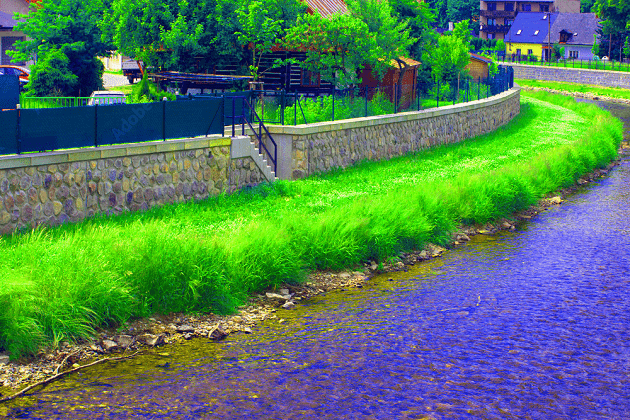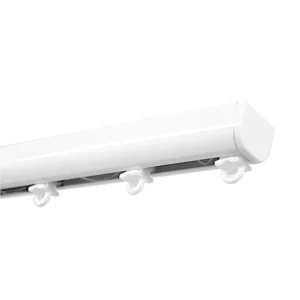Understanding How to Build a Retaining Wall on a River Bank
Retaining walls are an integral part of land management, especially in areas close to water bodies like rivers. If you’re looking to protect your property from erosion and manage the flow of water near a river bank, building a retaining wall is a practical solution. In this guide, we will walk you through the essential steps to construct a retaining wall on a river bank to safeguard your property and maintain its integrity.
Understanding the Need for a River Bank Retaining Wall
River banks are dynamic environments, subject to constant change due to the forces of water. Erosion is a natural process that can threaten your property over time, and if left unaddressed, it can lead to costly damage. Building a retaining wall on a river bank is essential to prevent soil erosion and manage water flow effectively. How to build a retaining wall on a river bank.
These walls provide stability and protection while also adding aesthetic value to your property.
1. Planning and Design
Site Evaluation
Before you begin construction, you must assess the site. Understand the topography, the type of soil, the water level fluctuations, and the specific needs of your property. This evaluation will help you determine the size, type, and design of the retaining wall.
Legal Considerations
Check with local authorities and obtain any necessary permits for building a retaining wall on a river bank. Compliance with local regulations is crucial to avoid legal issues in the future.
Wall Design
Choose the type of retaining wall that suits your needs. Common options include gravity walls, cantilever walls, and anchored walls. Gravity walls are often the most suitable for river banks due to their stability.
2. Materials and Tools
Selecting Materials
Quality materials are essential for the longevity and durability of your retaining wall. Common choices include concrete blocks, stone, or timber. Ensure the materials you choose can withstand the constant exposure to moisture.
Tools
Gather the necessary tools, which may include a shovel, wheelbarrow, level, measuring tape, and safety gear like gloves and goggles.
3. Construction Steps
Excavation
Start by excavating the area where the retaining wall will be built. This ensures a stable foundation and proper drainage. The depth of excavation will depend on the height and type of the wall.
Base Preparation
Create a solid and level base by adding a layer of gravel or crushed stone. Compact it well to provide stability.
Building the Wall
Follow the manufacturer’s instructions for your chosen materials, and lay them systematically. Ensure the first row is level, as this will set the tone for the entire wall. Backfill the wall with gravel and soil as you progress.
Drainage
Incorporate proper drainage behind the retaining wall to manage water runoff. Use drain pipes or weep holes to prevent water buildup, which can exert pressure on the wall.
Compaction
Compact the backfill material to ensure stability and reduce settling. A compactor or hand tamper can be used for this purpose.
Finish
Once the wall is in place, add the finishing touches. This may include cap stones, plantings, or other aesthetic elements to enhance the appearance of your river bank retaining wall.
4. Maintenance
Retaining walls on river banks require regular maintenance to ensure they continue to function effectively. Inspect the wall periodically for signs of erosion, settling, or damage. Address any issues promptly to prevent further problems.
Conclusion
Building a retaining wall on a river bank is a crucial step in protecting your property from erosion and managing water flow. Proper planning, quality materials, and diligent construction are key to a successful project. Remember that compliance with local regulations and ongoing maintenance are essential to keep your river bank retaining wall in optimal condition.
If you’re considering constructing a retaining wall on a river bank, consult with professionals or engineers who specialize in such projects. Their expertise can help you navigate the challenges specific to your site, ensuring a long-lasting and effective solution.
By following these steps and paying attention to the specific needs of your property, you can build a retaining wall that not only safeguards your land but also enhances its visual appeal. For more ideas and guidance on building retaining walls, visit our website at cheapretainingwallideas.com/how-to-build-a-retaining-wall-on-a-river-bank/. Building a retaining wall on a river bank is a valuable investment in the long-term health and beauty of your property.



